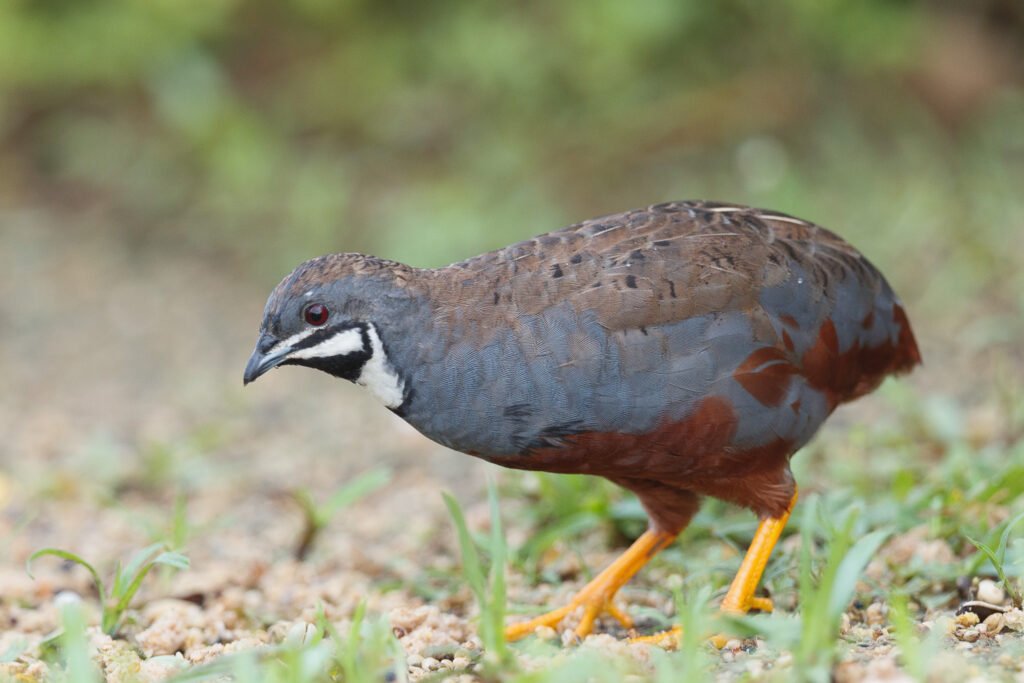Small, plump quail have been eaten as a delicacy for centuries. Their meat is delicately flavored and can be roasted, broiled, grilled, or sautéed.
Quail have an omnivorous diet that includes seeds, grains, fruits, vegetables, insects, and grasses. They are also opportunistic eaters and will often eat wild plant matter they encounter in their foraging.
Overview of Quail as a Food Source
Quail is a very small bird that can be raised for meat and eggs. Despite their size, they are fairly lean and can be used for roasting, grilling and casseroling.
Quails are often served as a main dish, and can be cooked to perfection with a simple marinade or stuffing. They also make an excellent alternative to chicken in a traditional dish like Salad Nicoise, which includes hard-boiled quail eggs with tuna steaks and salad greens.
Quail grow rapidly in a short period of time and require high amounts of dietary protein to reach their full genetic potential. Soybean meal is a common protein source that has been found to be highly digestible and able to meet the nutritional needs of quail.
Culinary Uses and Traditional Dishes
Quail is a meaty, delicately flavored bird that can be cooked by roasting, grilling, broiling or braising. It is also a flavorful addition to stews and other dishes.
In addition to being a delicious food source, quail is an ingredient in many traditional dishes throughout the world. It is a staple in Polish, Maltese, Portuguese, Italian, Mexican and Indian cuisines.
Quail is a migratory bird that travels long distances in large flocks. They are able to fly in straight lines at low altitudes, but they cannot glide for great distances.
Availability and Market Trends
Quail are relatively small, plump birds that originated from the pheasant family and have been used for centuries as a game bird. Their meat is delicately flavored and is usually cooked by roasting, grilling, broiling or braising.
Quails are a popular poultry species in Asia and Europe. They produce eggs and meat that are often prized for their taste.
In China, quail are produced at a higher scale than chickens, with the former being smaller and requiring less space to house and feed. They have a fast growth cycle and high returns, which makes them an ideal choice for producers in a low-wage economy.
In South Africa, quail farming has not been well established and is still in its infancy stages. Therefore, more efforts should be put in by farmers and extension officers to build a long-lasting market base. These include utilisation of traditional media platforms such as newspaper adverts and community radio stations to distribute information on quail farming and its products [119].
Health Benefits and Concerns
Quail meat and eggs are a great source of calcium, protein, iron, zinc, and vitamins A, B, C, E, and K. They also contain antioxidants, which help protect against heart disease and cancer, among other health conditions.
In addition, quail meat is low in fat and cholesterol. It is therefore a healthy choice for those who are trying to lose weight or build muscle mass.
The calcium and phosphor in quail meat can boost your bone health by strengthening bones. These minerals are essential for your body to maintain stable bone health.
Quail meat also contains anti-inflammatory properties, which can reduce the symptoms of respiratory diseases such as asthma and tuberculosis. These benefits are important for people who suffer from chronic respiratory disorders.
Sustainability Issues
Animal agriculture is one of the most damaging industries on the planet, responsible for solid waste runoff, deforestation for feed crops, and pollution. Consuming meat and dairy products is also detrimental to the environment, as it leads to species extinction, ocean dead zones and water pollution.
The environmental impact of quail farming can be significantly reduced by adopting a sustainable production system that minimizes the use of energy, water and pesticides. Moreover, non-conventional ingredients and phytogenic feed additives can be used to produce quail diets that are nutritious and inexpensive.
As a relatively new poultry sector, South African quail farmers are still in the infancy stages of their businesses and should therefore focus on building a sustainable market base that could attract more consumers. Using contemporary advertising strategies such as newspaper adverts and community radio stations may help to increase awareness of quail products among the local population.

